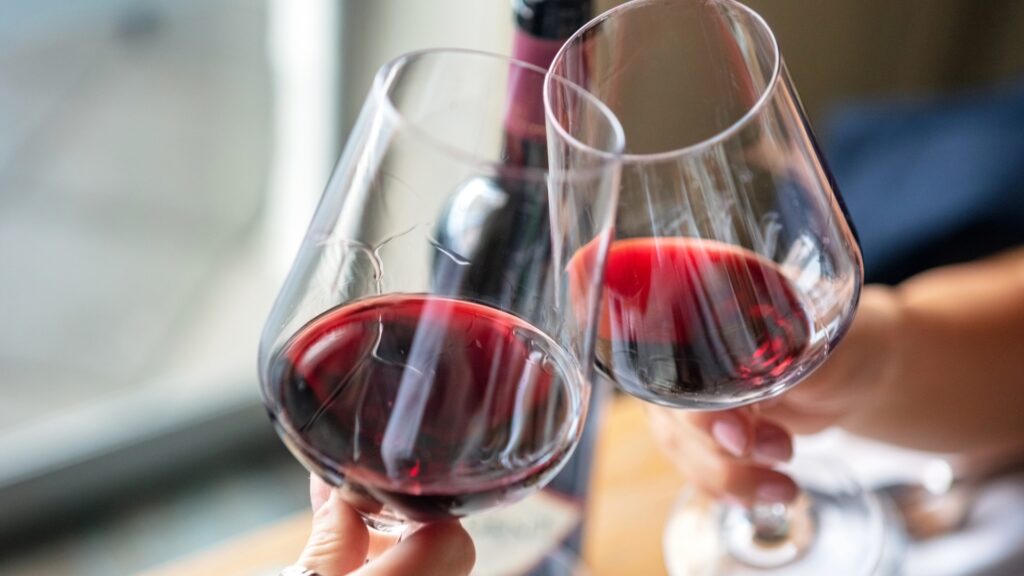- Remueur Has It You Have Champagne Problems
- What Chardonnay and Pinot Noir have in Common
- Breaking the Rules of the Wine Game
- Best Wine Pairings for S’mores: Elevate Your Campfire Experience with Perfect Pairings
- Duck, Duck, Gooseberry
- Happy Harvest Season
- The Incredible Hulk of Grapes
- You Can’t Take the Heat
Home » Wine 365 Boutique » Montes Folly 2019
Montes Folly 2019
$100.00 USD
*** SPECIAL ORDER ITEM ***
Please allow extra time for this limited-quantity wine to be hand-picked and packed from our secure, temperature-controlled cellar.
The grapes for Montes Folly grow on the steepest hillsides of our Finca de Apalta estate, where the Syrah has adapted best and found equilibrium between fruit yield and vegetative growth. The soils are of granite origin and consist primarily of eroded rock from the mountain chain above; they are rather thin and poor in organic matter, with good drainage that encourages the roots to explore the entire profile, in search of water. We also find a high proportion of angular stones and a low clay content. This all results in plants producing low yields of grapes with tremendous concentration and character. The vines were planted at a density of 5,555 plants/hectare (2,250 plants/acre) and are double Guyot trained to yield approximately 3.5–4.0 tons per hectare (1.4–1.6 tons per acre). Leaves closest to the bunches are carefully removed in early January to provide better ventilation for the grapes and help them ripen slowly, evenly, and healthily, with good levels of natural acidity and pH.
Decanting is recommended for at least one hour.
About the wine
GRAPES: 100% Syrah
PH: 3.49
ACIDITY: 3.65 g/L
VOLATILE ACIDITY: 0.67 g/L
RESIDUAL SUGAR: 3.6 g/L
ABV: 15%
AGING: Aged in 80% new French oak barrels, and 20% second and third-use barrels for 14-18 months
What The Critics Say...

The singular characteristics and location of this sub-valley, which extends from the Tinguiririca River in the south to the hills of Apalta in the north, allow for fewer hours of sun exposure on the vines, contributing to a slower, but more complete, ripening of the grapes. Apalta’s topography is very heterogenous, with zones with a large presence of pebbles and influenced by the movement of earth from high up in the mountain range. The soils are deep on the flat areas of the valley and thinner at the foot of the mountains and in the higher-altitude areas.
